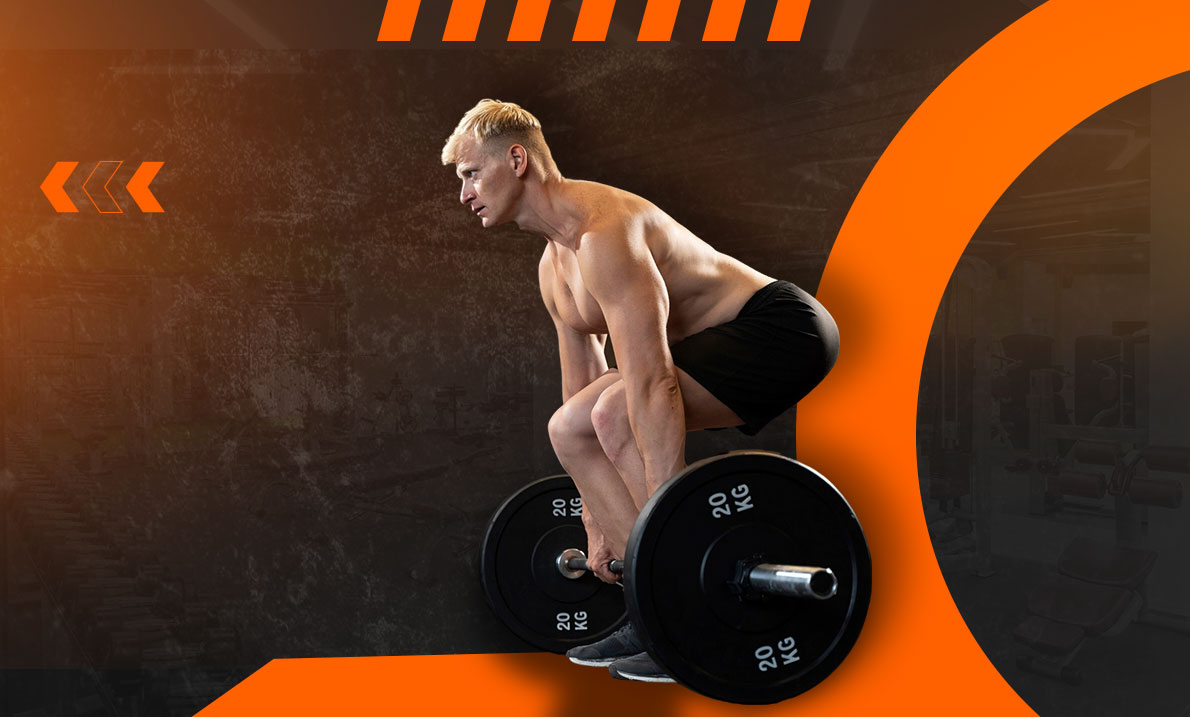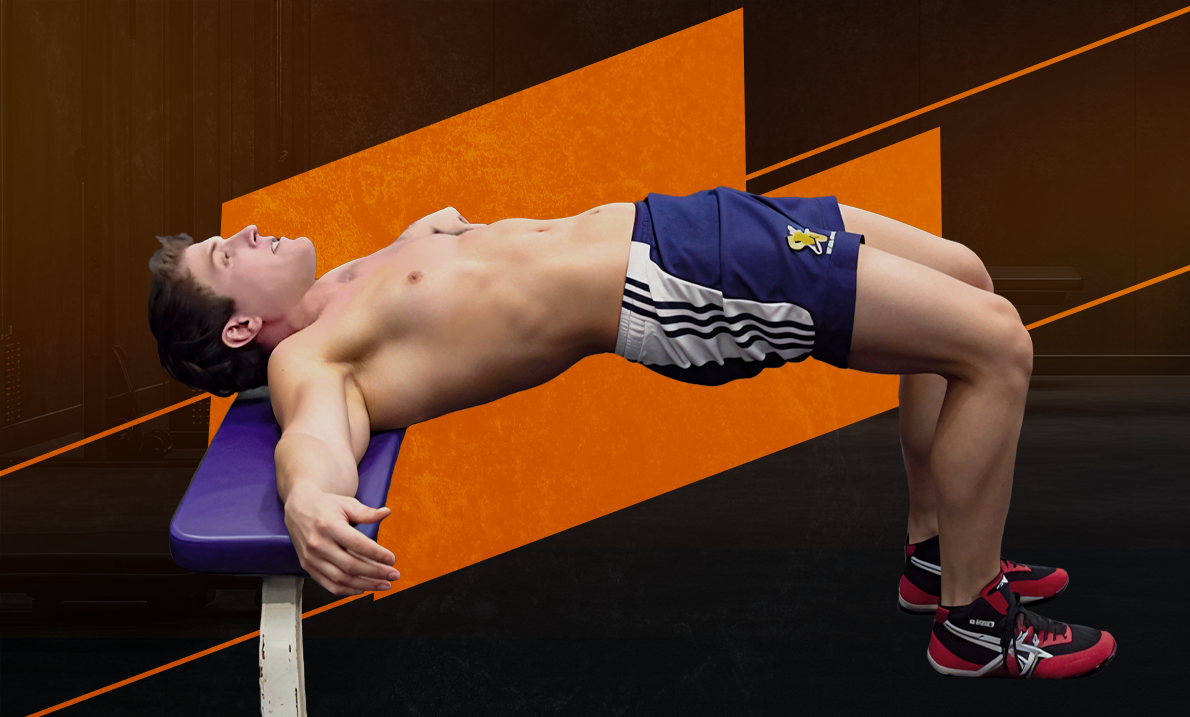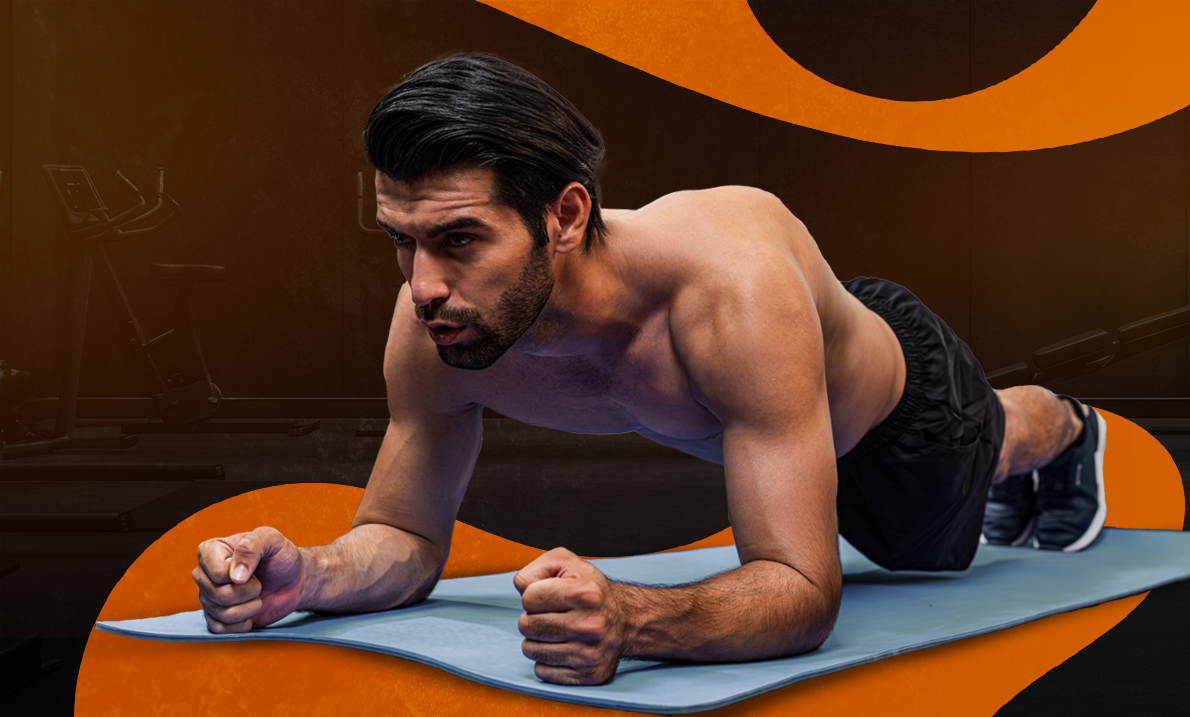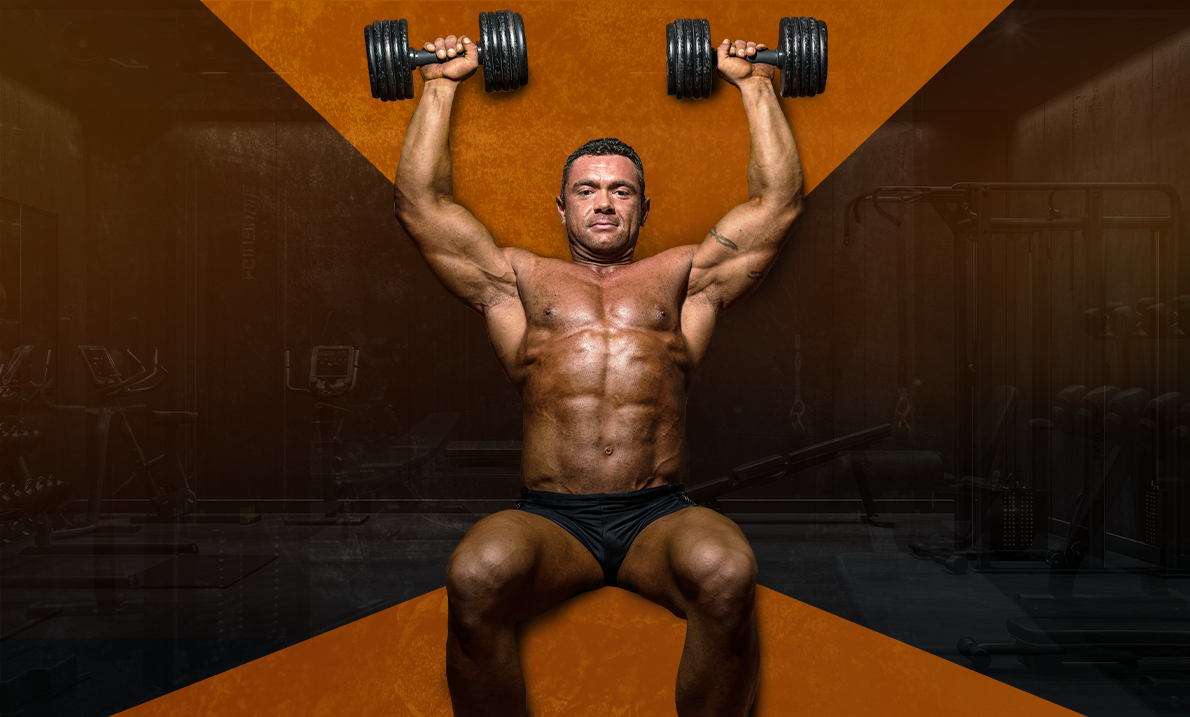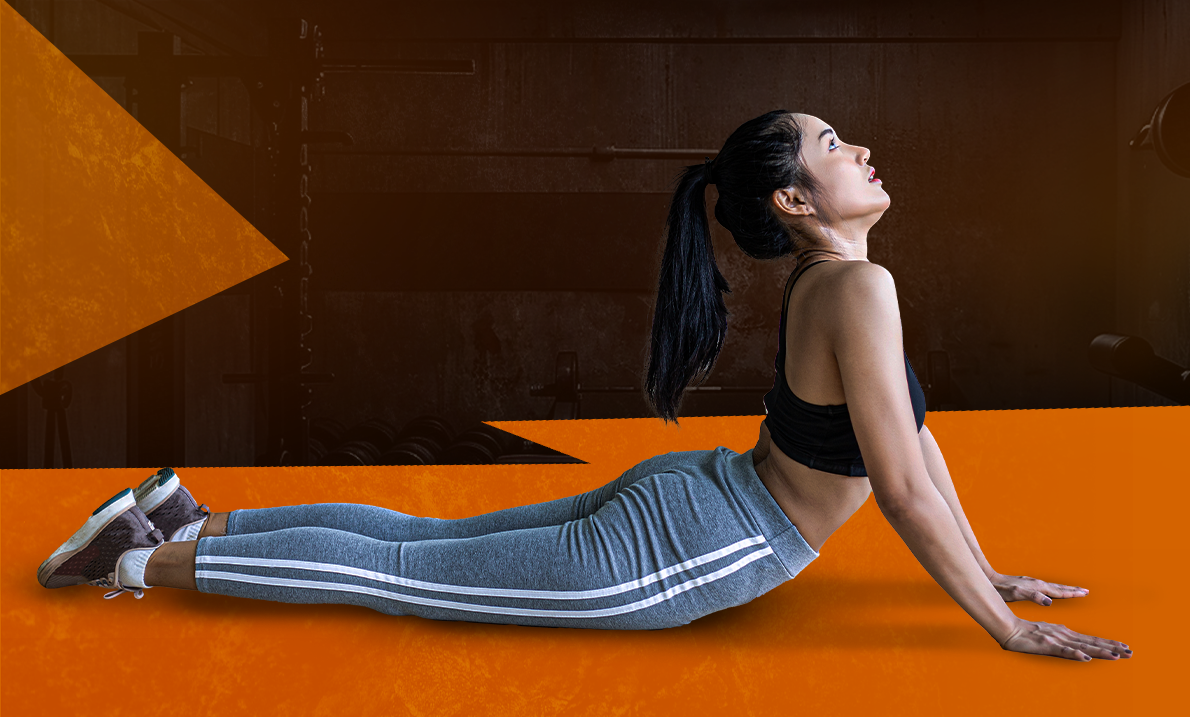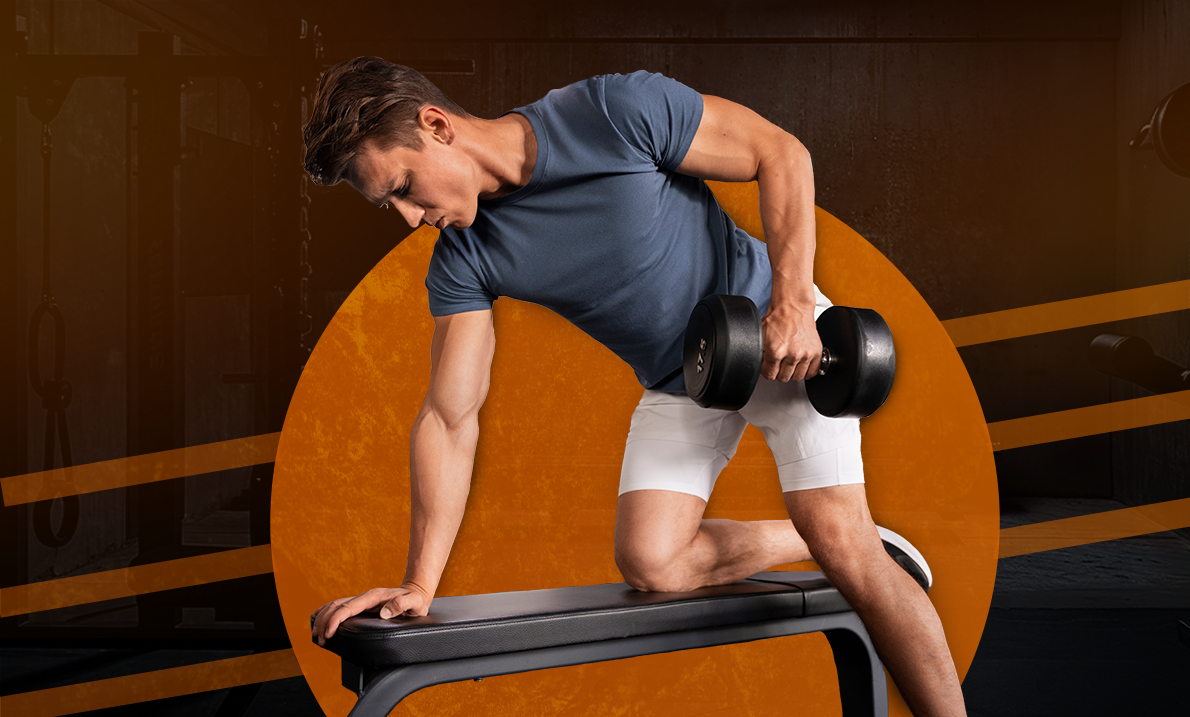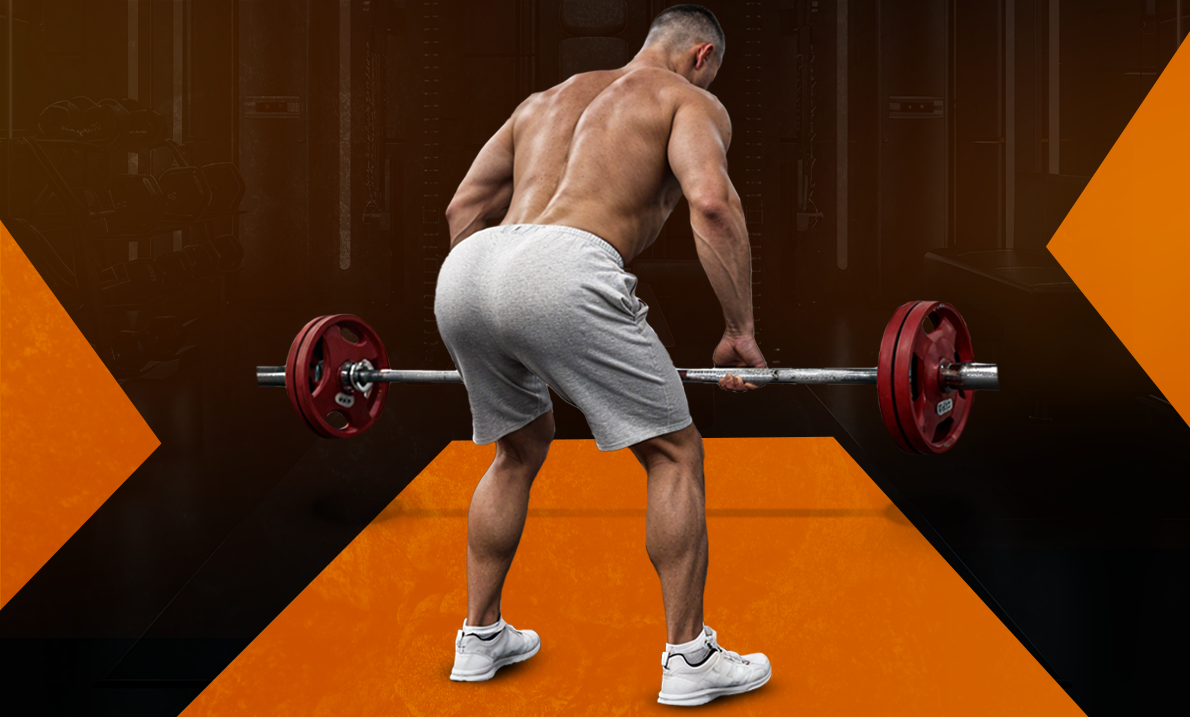The deadlift is one of the most effective full-body strength exercises. It targets multiple muscle groups, improves functional strength, and enhances athletic performance. Whether you’re lifting a barbell, dumbbells, or a kettlebell, the deadlift is a staple for building power and resilience.
MUSCLES WORKED IN A DEADLIFT
Deadlifts engage the entire body, making them a compound movement essential for overall strength.
Primary Muscles Worked
These muscles do most of the work during the movement:
- Glutes: Drive the hips forward to lift the weight.
- Hamstrings: Stabilise the knees and assist with the upward motion.
- Quadriceps: Extend the knees during the lift.
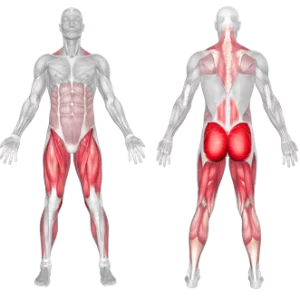
Secondary Muscles Worked
These muscles provide additional support and stability:
- Erector Spinae: Maintain spinal stability.
- Core: Braces the torso for a neutral spine.
- Traps and Lats: Support the upper body and help with grip.
KEY BENEFITS OF DEADLIFT Exercise
Here’s why deadlifts are a favourite among strength enthusiasts:
Full-Body Strength
Builds power across your entire body.
Functional Fitness
Mimics everyday lifting movements, improving daily strength.
Improved Posture
Strengthens your back and core for better spinal alignment.
Versatility
Adaptable to various equipment and skill levels.
HOW TO Perform a DEADLIFT?
Proper form is crucial to maximise benefits and prevent injury. Follow these steps:
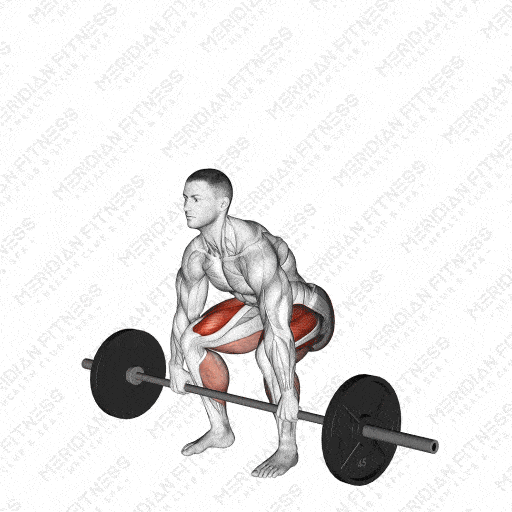
STEP 1: Machine SET UP
- Stand with your feet hip-width apart, with the barbell over the midfoot.
- Grip the bar just outside your knees and keep your shoulders back.
- Brace your core and maintain a neutral spine.
STEP 2: The Lift
- Push through your heels and extend your hips and knees simultaneously.
- Keep the bar close to your body as you lift it to standing.
- At the top, lock out your hips and stand tall without overextending your back.
STEP 3: The Lower
- Push your hips back first, then bend your knees as you lower the bar to the ground.
- Maintain control and a neutral spine throughout.
COMMON MISTAKES TO AVOID WHEN Performing a Deadlift
To prevent injuries and maximise gains, avoid these common errors:
Rounded Back
Always keep your spine neutral.
Overuse of Arms
Your legs and hips should drive the lift, not your arms.
Bar Too Far from the Body
Keep the bar close to minimise strain on your back.
Not Bracing the Core
A strong core is essential for stability.
MODIFICATIONS AND VARIATIONS FOR Deadlifts
These variations help adapt the deadlift to your fitness level or training goals:
Dumbbell Deadlift
Easier to handle and ideal for beginners.
Sumo Deadlift
Targets inner thighs and reduces lower back strain.
Trap Bar Deadlift
Places less stress on the lower back and is great for beginners.
Deficit Deadlift
Increases range of motion for advanced lifters.
Reps and Sets for All Levels

Beginner
8-12 reps for 2-3 sets to learn proper form.
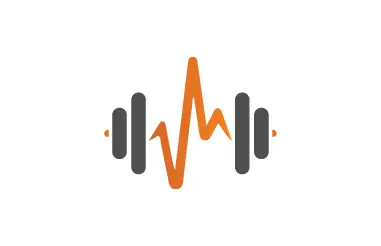
Intermediate
6-10 reps for 3-4 sets to build strength.
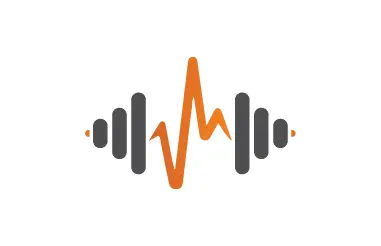
Advanced
4-8 reps for 4-5 sets using heavier weights.
The deadlift is the king of compound exercises, offering unmatched strength-building potential. Whether you’re a beginner or an advanced lifter, mastering the deadlift will take your fitness journey to the next level.
Ready to lift? Start incorporating deadlifts into your routine today.
